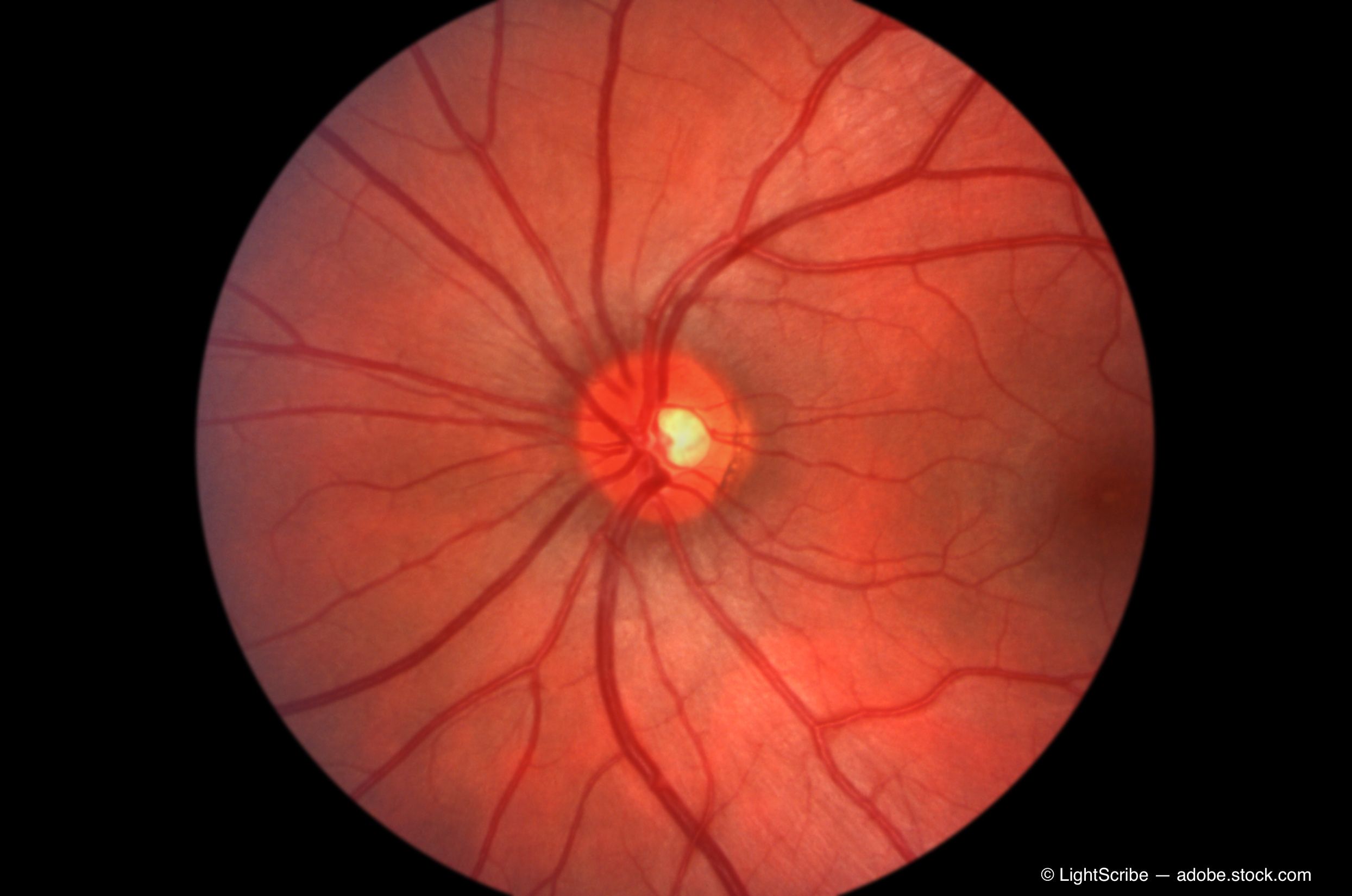Article
Bioengineering puts focus on retinal degeneration
Author(s):

Strategies for bioengineering the macula include both implantation of a visual prosthesis and retinal pigment epithelial transplantation.
This article was reviewed by Mark S. Humayun, MD, PhD
There are many challenges to achieving success with advanced implants aiming to bioengineer the macula, according to Mark S. Humayun, MD, PhD.
Dr. Humayun also offered a brief update on two projects that he has been leading to restore vision in patients with retinal degenerative disease–implantation of a bioelectronic epiretinal visual prosthesis (Argus II Retinal Prosthesis System, Second Sight Medical Product) for end-stage retinitis pigmentosa and subretinal implantation of a bioengineered retinal pigment epithelial (RPE) monolayer (California Project to Cure Blindness-Retinal Pigment Epithelium 1 [CPCB-RPE1], Regenerative Patch Technologies) for advanced dry age-related macular degeneration (AMD).
“Both bioelectronic and nanoscale scaffold approaches require a safe and effective abiotic-biotic interface with the ocular tissue,” said Dr. Humayun, Cornelius Pings Chair in Biomedical Sciences and professor of ophthalmology and biomedical engineering, director of the USC Ginsburg Institute for Biomedical Therapeutic and co-director of the USC Roski Eye Institute, Los Angeles. “As we look to leverage improvements in energy sources, materials, 3-D printing, and nanoscale fabrication along with growing interest of larger, traditionally nonmedical corporate partners bodes well for future development of these technologies.”

Related: Study targets subretinal option for AMD treatment
Visual prosthesis
The epiretinal visual prosthesis has been implanted in 35 centers around the world in almost 400 eyes. It is FDA approved for implantation in the United States in patients who have light perception vision OU secondary to retinitis pigmentosa. In the European Union, the device is approved for use in patients with hand motion vision OU from retinal degeneration.
The device consists of extraocular components (a video camera attached to glasses and a video processing unit) and an intraocular implant consisting of an implanted microchip as well as an electrode array that is placed epiretinally.
“Function of the device requires close approximation of the electrodes to the retina, and intraoperative OCT guidance has made it easier for achieving this goal,” Dr. Humayun explained.
Related: Macular OCT: A must for treating glaucoma patients
The approach is designed to ultimately allow blind people to be able to read and recognize faces. In its current version, it mainly serves to improve patients’ orientation and mobility.
By doing so, the epiretinal prosthesis still provides significant benefits because it permits re-engagement in activities of daily living therefore increases well-being.
“Patients implanted with the prosthesis report that it has allowed them to walk safely within a crosswalk, locate doors and windows, detect and track other people, and sort light and dark clothes,” Dr. Humayun said. “With the prosthesis they feel more socially connected and some patients have been able to participate in recreational activities such as bowling, archery, and even skiing.”
Initially, the best visual acuity achieved with the implant was 20/1,200. However, thanks to software enhancements and better surgical placement, function has improved to 20/480, and it can reach 20/200 with digital zoom. Dr. Humayun reported that the team is now working to provide color vision that will help patients with object recognition at lower resolutions.
Related: Prosthesis system may help blind patients 'see' again
RPE transplantation
Multiple approaches are being investigated for RPE transplantation to restore vision in patients with advanced dry AMD.
Dr. Humayun and colleagues are working with a polarized monolayer of human embryonic stem cell-derived RPE on a non-biodegradable, synthetic parylene scaffold.
“Injecting a cell suspension is technically easier,” he said. “Transplantation of RPE as a confluent sheet on a supportive scaffold, however, assures that the cells adhere with the proper orientation that is critical for survival and growth factor production by the RPE.”
Related: Intraoperative surgical methods key to AMD treatment
According to Dr. Humayun, his research team has spent five years working on the development of an erodible substrate for the RPE sheet, but then turned to use of parylene, which is non-erodible polymer with a Class VI USP rating (highest biocompatibility rating) that has a history of more than 30 years of use in implantable devices in other parts of the body.
“Maintaining molecular diffusion across these biomimetic membranes is very important,” he explained. “We were trying to mimic Bruch’s membrane in that regard, and our studies show we have come very close.
The synthetic membrane (scaffold), CPCB-RPE1, is very easy to handle. After positive results were achieved in preclinical testing investigating the safety, survival, and functionality of the transplant and the feasibility of its subretinal implantation, a phase I/IIa clinical trial was launched enrolling patients with AMD-related geographic atrophy.
Related: Focusing the battle against dry AMD
The initial ten patients were required to have BCVA of 20/200 or worse, and subsequently patients with better vision (20/80 or worse) were eligible.
The surgery involves creation of a subretinal pocket, hydrodissection of the retina overlying the region of the geographic atrophy, and insertion of the CPCB-RPE1 through a small retinotomy.
Custom-created tools are used to introduce and position the implant. Perfluorocarbon (PFC) heavy liquid flattens the retina overlying the implant.
The retinotomy is closed, air-fluid exchange performed, the PFC is removed, and then either expansile gas or silicone oil are instilled into the vitreous cavity.
Conclusion
The study has enrolled 16 subjects to date. The preliminary results that made the cover story of Science magazine showed that the implant helped patients regain the ability to fix on small targets and that OCT showed similarly good integration of the implant with the host retina.
“Results from one year of follow-up are being collected,” Dr. Humayun concluded.
Read more by Cheryl Guttman Krader
Mark Humayun, MD, PhD
E: humayun@medusc.edu
Dr. Humayun is an equity owner and holds patents for Second Sight Medical Products and Regenerative Patch Technologies and is a consultant to Regnerative Patch Technologies.
Newsletter
Don’t miss out—get Ophthalmology Times updates on the latest clinical advancements and expert interviews, straight to your inbox.




